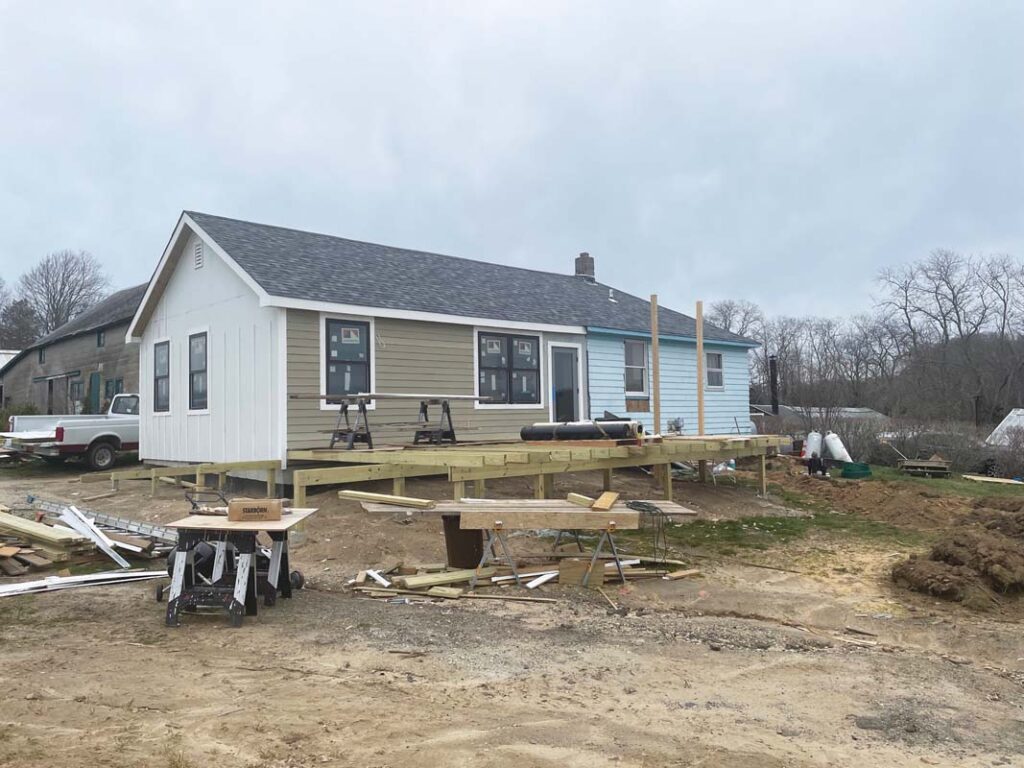How one young Cutchogue girl saved a turtle and her eggs

In May, Prudence Wickham Heston and her daughter, Sadie, came across a snapping turtle laying eggs on their Cutchogue farm, just before her husband Dan planned to plow the field.
Seven-year-old Sadie was stunned to witness the turtle dropping 40 eggs into the fertile earth, and she vowed to protect them.
“She threw herself over the top of them and said ‘Daddy, you can’t plow there,’” said Ms. Heston this week. “She quickly ran across the street and got her best friend, Tess McGuire, and shoveled them up.”
Sadie covered the eggs with the same amount of dirt the mother turtle had and put the box of dirt and eggs by the back door of their house. Three and a half months went by, and every now and then Sadie, a student at the New Suffolk School, sprinkled water on the dirt to imitate rain.
“Her confidence in them never wavered, but I had been very clear that we only had a 50/50 chance of having them hatch,” said Ms. Heston.
The Heston family has nurtured its share of wildlife, including relocating nesting ducks and other birds that had made their homes on their Salt Air Farm. But Ms. Heston didn’t have a clue how to care for snapping turtle eggs. She turned to the internet for advice.
“You’re not supposed to turn the eggs or the turtles will smother,” she said. “There will be an air pocket at the top of the egg and they will die.
“I was thinking to myself, ‘Oh my goodness,’” she added. “And then I rationalized, she did just lay them today and they’ve got to roll down into the hole. If we’re lucky, the eggs weren’t far enough along to die.”
Then one morning, while the family was preparing for Hurricane Irene to arrive, Dan found a baby snapping turtle walking across their kitchen floor. They looked into the box of dirt and, sure enough, more eggs were in the process of hatching.
Over the course of several days, 30 of the 40 eggs hatched in the house. The baby snapping turtles would each stay with the family for about a day before Sadie and Tess released them on the back edge of the farm, near West Creek.
The rest hatched outdoors.
“After the first 30, I couldn’t stand the way my house was smelling like a swamp,” said Ms. Heston. She hypothesized, though, that it was her daughter’s good care and the shelter of their home that made it possible for every egg to hatch.
“Most turtles lay a lot of eggs because they don’t all survive,” she said. A raccoon won’t get them in the house.”
With the turtle adventure behind her, Sadie now has turned her attention to taking care of her own beehive.
“She’s a very happy, busy little person,” said her mom.








